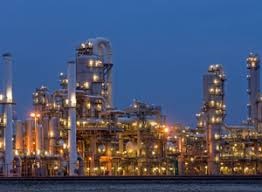
- Petrochemicals, which turn oil and gas into all sorts of daily products – such as plastics, fertilisers, packaging, clothing, digital devices, medical equipment, detergents or tyres – are integral to modern societies.
- Demand for plastics – the most familiar of petrochemical products – has outpaced all other bulk materials (such as steel, aluminium or cement), nearly doubling since the start of the millennium.
- Petrochemicals are set to account for more than a third of the growth in oil demand to 2030, and nearly half to 2050.
- In the longer run, Asia and the Middle East both increase their market share of high-value chemical production by 10 percentage points, while the share coming from Europe and the United States decreases. By 2050, India, Southeast Asia and the Middle East together account for about 30% of global ammonia production.
- Although substantial increases in recycling and efforts to curb single-use plastics take place, especially led by Europe, Japan and Korea, these efforts will be far outweighed by the sharp increase in developing economies of plastic consumption
- Oil companies are increasingly pursuing integration along the petrochemical value chain. For example, Saudi Aramco and SABIC have recently announced a large crude-to-chemicals project of 0.4 mb/d, five times the size of the only existing facility in Singapore.
- By 2050, cumulative CO2 emission savings from increased plastic recycling and reuse are equivalent to about half the annual emissions from the chemical sector today.
- The sector’s clean transition is led by carbon capture, utilisation and storage (CCUS), catalytic processes, and a shift from coal to natural gas. Some of the most cost-effective opportunities for CCUS can be found in the chemical sector.
